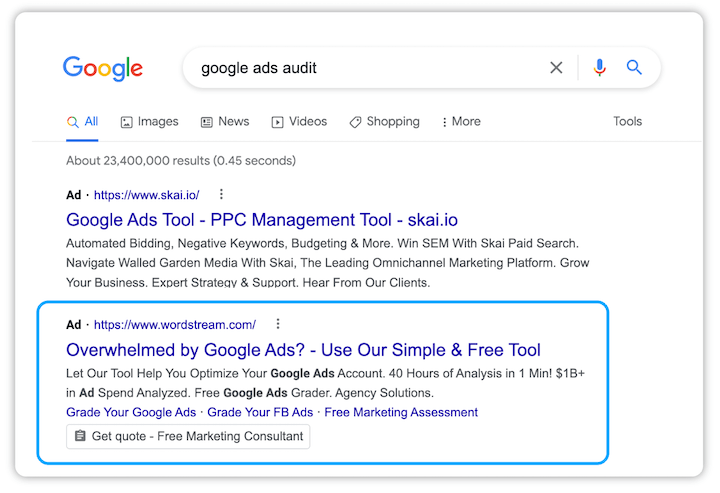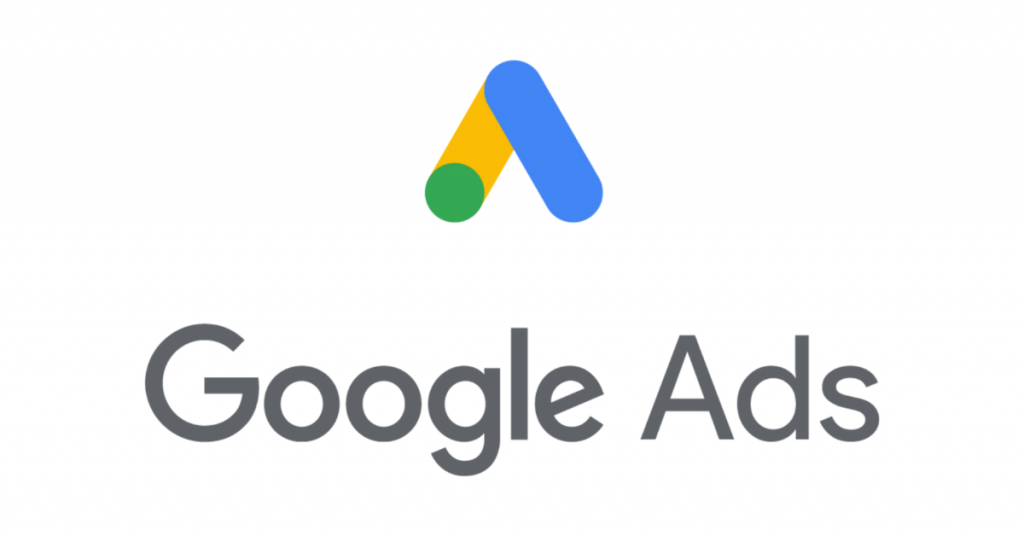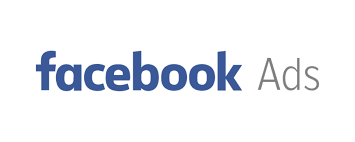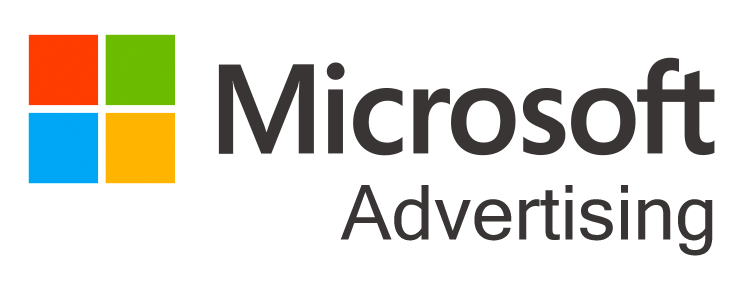PPC is one of the top ways of advertising in the digital world. It can help big companies to present their products to a massive online audience or small businesses that could benefit in their local sphere from some additional push in the right direction. But it’s not all bed and roses.
You can’t just put the 20 bucks on the table and hope that dozens of people will come to your shop. You must optimize your ads and create an even better one if the previous ones did not work. And how can you accomplish that? Well, you should check out your PPC metrics for that purpose!
In this article, we will review some key PPC metrics to look out for when setting out your very first digital campaign. Whether this means creating a new and improved set of ad copies or tweaking the ad positioning, with the proper usage of those metrics, you can quickly see what is wrong with your campaign and take appropriate action to mitigate those problems.
It may not be the easiest of things, but creating a well-drafted ad is one of the most essential elements when it comes to ensuring the success of your PPC efforts. So, if you want to optimize and strategize, check out our comprehensive guide!
What Are PPC Metrics?
Pay-Per-Click is an online advertising tool that can help spread the word about your product/campaign. It is based on a simple idea, where you bid on specific keywords or address specific demographics against other users of the social media platforms or search engines for your ad to be shown.
With PPC campaigns, you can access comprehensive insights and analyses that detail the essence of your campaign and how you can measure the outcomes of your PPC ads. It’s a valuable insight into your advertising efforts, allowing you to optimize your campaigns for better results. With an effective PPC campaign, you can increase your conversion rate. With that in mind, let’s go over some of the key PPC metrics you can utilize in your work,
Clicks
It is the most basic way of finding out the effects of your ad, as it shows you how many people have engaged with your online advertisement. It is a PPC metric that you will see in most quality score summaries, as it shows what you are paying for, in this case, the clicks that refer the users to your landing page.
It is highly connected to your Ad Spend, as you will be billed for every click on your website. Plenty of additional elements go into this particular metric, like the period of analysis, meaning daily, monthly, or even yearly users. In the end, though, it shows how many people clicked on the ad. It is one of the most influential PPC metrics primarily because the PPC ad cost will be based on this particular number.
Impressions
Another exciting metric we can discuss is the impressions – how many times your ad was shown to the users. It measures the visibility and reach of your ads and can help you better understand the potential of your ad copy specifically.
For example, if your ad campaigns have a lot of impressions, but a relatively low Click-Through-Rate, you may start wondering about your ad relevance; maybe you should be looking for implementing negative keywords or using other PPC strategies to get to your target audience. The point is – lots of impressions can be great if you have a lot of clicks on Google Ads or social media pages, but it can also signify a problem with your appearance on the search engine results page.
Click-Through-Rate

Speaking of click-through rate, let’s examine what it means. In the most basic understanding, it measures the effectiveness of your campaign. In some ways, it’s the combination of the two measuring tools mentioned above, as it considers the impressions and clicks when presenting the results. CTR measures the percentage of users who click on your ad after seeing it. It gives you some critical insight into how well your ad is doing. A simple calculation measures CTR:
| (Clicks/Impressions) x 100 |
Using that metric, you can see the percentage of people who clicked on your ad. If it’s high, you don’t have to worry about your ad rank; everything runs smoothly. But, if it’s low, your conversion value and critical performance indicators are down.
You may need to change the ad text. Try some other ad groups. The point is – you need to find a way of changing how you do your paid search ad campaign.
Cost-Per-Click
Cost-Per-Click is one of the key elements in digital marketing, as it shows you how to measure your PPC performance showing you the total cost of your Facebook or Google Ads campaigns. It’s one of the most important metrics as it relates to budget. If you have a high CPC, you may be reaching the right audience, but the cost of it may be a bit too expensive.
For example, if you want to promote your local flower shop, paying 100,000 $ to take the highest spot in the competition may not be necessary. You will probably be the top flower shop in every search query with that kind of money, but you will be grossly overpaying for that exposure. And the second guy may be paying a hundred bucks to be right behind you, as visible as you are. Be sure to adjust your bidding strategies for your paid campaigns. Setting the marketing budget is only half the battle, and the other half is optimizing it.
Conversion Rates
Next important thing – conversion rates. It is the critical element of all the top PPC metrics, as it shows you the number of users who clicked on your ad and performed the desired action you wanted them to do. Those can be anything from filling out a form, maybe liking a post, commenting, and even buying a company’s product or service. The conversion rate is calculated through an equation:
| Number of Conversions/Number of Clicks x 100 |
It’s a critical metric for advertisers about their business revenue. Using a PPC platform that way can ensure lead generation, generate view-through conversions, and improve the company’s marketing channels. The higher this metric is, the better your total conversion value is.
Cost Per Conversion
And while we are talking about conversion, here’s the Cost-Per-Conversion rate. It’s one of the most popular PPC metrics, showing how much it costs to make people do your desired action. Sometimes it’s referred to as cost per action or cost per acquisition. It’s one of the critical metrics in finding out the cost of reaching the client where it matters the most – conversion. You can calculate it through a simple equation:
| Total Ad Spend/Total Conversions |
If it turns out to be high, some additional work may be necessary to lower it, although – you need to be careful, as you may lose the effect of this particular keyword/ad campaign setting. Search engine marketing is all about optimizing key data points, and the way you measure conversion rate should be on top of your PPC efforts.
Return on Investment

Now that we know how to measure conversions, let’s talk about the famous ROI – return on investment. Among many other metrics, ROI will show you if the number of people who got to your landing pages or social media accounts helped the company grow and if your search campaign efforts are effective. You can calculate the Return on Investment using this simple equation:
| ROI=[(revenue – cost of advertising)/cost of advertising)] x 100 |
You can see if you are getting the appropriate value out of your campaign. Be sure to monitor your ROI and optimize it if necessary.
Quality Score
Another helpful metric is the quality score. It is mainly used in platforms like Google Ads, where a higher quality score can influence the ad position of your campaign performance. Quality scores usually help assess the relevance and quality of your PPC data ads. It can improve your impressions share and cost per click and even get you more targeted traffic.
You could see those metrics in Google Analytics, but as it is no longer available, you can simply go to your Google Ads account and see your score. It usually ranged from 1 to 10, with one being the best one. Plenty of elements go into the overall success of your campaign, but the Quality score is probably the best indicator for search engine Pay-Per-Click (PPC) efforts.
Average Position
Another way to understand the bigger picture of your PPC efforts is to check the average position of your ad placement. It is used in search engine results page optimization, where your ad will be shown to the potential audience. It can influence the total impressions you will get. If it’s shown somewhere no one will ever go to (like the second page of Google search results), then your efforts may be undermined.
You can measure impression share using this metric, as it will change depending on where the ad is presented. Unfortunately, your ad budget may feel the change, as the top positions are usually much more expensive.
Ad Extensions
Another significant metric on our list is the Ad Extensions. You can add those elements to your campaign, image, text, or video ad to increase your impressions metric. Those could be anything from site links, location extensions, callouts in the form of highlighted text, and maybe some app links for downloads. Whatever you choose, you can improve the customer journey with such tactics and get quality traffic simultaneously.
Cost Per Mille
Another meaningful way you can measure impressions is the Cost-Per-Mille (CPM). It’s a way of measuring the cost of getting one thousand images on a particular ad. Although some may say this is an overrated metric, impression share measures can help you understand how much money it would take to get a thousand people, an absolute primary number in digital marketing, to be interested in your product.
If you want to increase brand awareness and get as many conversions as possible, you can look for this metric to see what impacts it and how you can adhere to your marketing goals to get your Return on Ad Spend (ROAS) metric lowered as well.
Conversion Value
This metric is mainly used to present the value of the PPC campaign. This will explain all the completed conversions and how much revenue they brought to the company. With that metric, you will be able to see how the campaign helped in generating revenue. In essence, it’s the combined value of all the conversions from the PPC efforts.
Measuring financial impact is extremely important to have more budget options in the future as well. If your campaign is bringing the company money, the managers will not question the viability of the PPC campaign. Spending money is a rather delicate subject in most companies, so if you want to advance your marketing efforts, monitoring this metric may be a good idea.
Search Impression Share
Next up, we have the search impression share metric. It is mainly used to measure the percentage of impressions you have received with your ad compared to how many impressions you could have received. With that metric, you can see if your ad is visible in the market and what you can do to improve that situation. Here is how you can calculate it:
| (Total Impressions Received/Total Eligible Impressions) x 100 |
With the proper monitoring of this particular metric, you will be able to improve the performance of your ads in no time and improve your return on investment metric.
Cost Per Action
Cost Per Action is another metric that helps you to understand how many people in your target audience have performed a desired action. It differs from the Cost Per Conversion metric as it does not include the conversion rate, only the particular measure set in the ad description. So, you may not get the lead or people buying your product from this specific ad, but maybe someone signed up for the newsletter or liked your picture on Pinterest.
There are plenty of ways you can utilize this tool to even further your marketing efforts. Here is how you can calculate this metric:
| Total Cost/Total Actions |
This metric will show you if your PPC efforts align with your business objectives and ways to improve your efficiency when it comes to CPA.
Lifetime Value (LTV)
And finally, we have the lifetime value metric. It is not essentially connected to the PPC campaign, but it’s essential to look out for in digital marketing. It is the total value that a customer will generate for the company through their entire interaction with it.
So, if you are selling flowers, the chance is that during most holidays, birthdays, etc., people will visit your website and order some flowers. You can then calculate how many of those customers will spend in your shop.
Alternatively, if you have a mattress shop, people will probably buy one or two mattresses from you in their entire lifetime. When it comes to PPC metrics, this will help you better understand the overall marketing strategy and assist you in setting up your campaigns more efficiently.
Most Important PPC Platforms
Now that we know everything there is to know about different PPC metrics, let’s go over some of the crucial advertising platforms where you can showcase your product or service. Those are some of the top-of-the-top in the industry, with millions of people using them daily, so you will indeed have some feedback with using those.
Nevertheless, if you find something more industry-specific to your particular line of work, be sure to invest your funds there, as it may be more optimal in your specific situation. With that in mind, let’s get into the leading PPC platforms on the market.
Google Ads

We are starting with the unparalleled giant – Google Ads. It is the most potent advertising platform, with hundreds of millions of daily users. Notably, it stands out as one of the most advanced platforms for PPC metrics, data analysis, and advertising opportunities.
With Google being the primary search engine for most of the planet, by leveraging this platform, you will get prime opportunities for the promotion of your business. Additionally, with the diverse ad formats and great keyword research tools, you will be able to master this platform with no effort. So, be sure to check it out as soon as possible!
Facebook/Instagram Ads

Next, we have another major contender in the advertising space – Facebook Ads. Of course, we are connecting it with Instagram as a wider Meta Ads service. Nevertheless, the combined potential of both of these platforms reaches billions of users globally. There are lots of additional tweaks you can choose from in order to create an even better PPC campaign, from video ads, images, and ad extensions as well. Meta will allow you to reach the people where they are. And with the utilization of Meta Business Services, you will be able to see all the key performance indicators of your ads as well.
Microsoft Advertising

Moving on, we come to Microsoft Advertising, which used to go by Bing Ads. Microsoft Advertising has made commendable progress in becoming the bigger player in the whole ad space war, with Yahoo and Bing becoming more and more popular in recent years. Although it is still not as popular as Google or Meta products, it is still making some strides in advertising effectiveness. Especially if you are looking for a more budget-friendly option than Google, reaching people with Microsoft Advertising is significantly cheaper and maybe just as good for your business as the competitor.
LinkedIn Ads

And finally, we have the LinkedIn ads to end with. We decided to put it here among the other platforms as it provides you with a unique ability to promote your brand directly to some of the key people in B2B marketing. If you want to reach professionals all over the world, you will be glad to know that the highest-ranked employees of most industries are on LinkedIn. The only downside is that the ads on LinkedIn are pretty expensive, so you will need to do a lot of convincing to get your managers to ok those efforts.
PPC Metrics – Conclusion

And here we are, at the end of our road. Thanks so much for checking out our article on the most important PPC metrics to look out for when drafting your own PPC campaign. We hope that our suggestions will help you better understand your business efforts, use your PPC tools more effectively, and overall – optimize your PPC ads in the best possible way.
Of course, how you will go about using those tricks is up to you. There are plenty of ways that you can use this data, from something as simple as optimizing your ads to something more advanced, like using those metrics in order to make data-driven decisions in your company as a whole.
Whatever choice you make, it will benefit you greatly with a deep dive into those metrics as a whole. Whether it would mean better understanding your target audience, finding the right keywords that could help you in your SEO optimization, or just overall – understanding more about your product/service, you will always have the upper hand against your competitors.
If you enjoyed this article, be sure to check out other ones on our site. We have a large library of texts, and we are positive that you will find something for yourself. If you want us to write about a particular topic, give us a call, and we will be more than happy to help you out with your problems. That’s it from us, we hope you have a wonderful day, and we will see you in the next one!

A PPC specialist who started with organic social media. For several years, the core of his activities are:- Google Ads, Microsoft Ads, Meta Ads, TikTok Ads, Twitter Ads, Linkedin Ads. He has led campaigns with a global reach, e.g. for FootballTeam, G2A, ETOTO, as well as many smaller campaigns in the sports, construction and financial industries. Has full focus on ROAS. Privately, a fan of football, history of wars and Star Wars.

